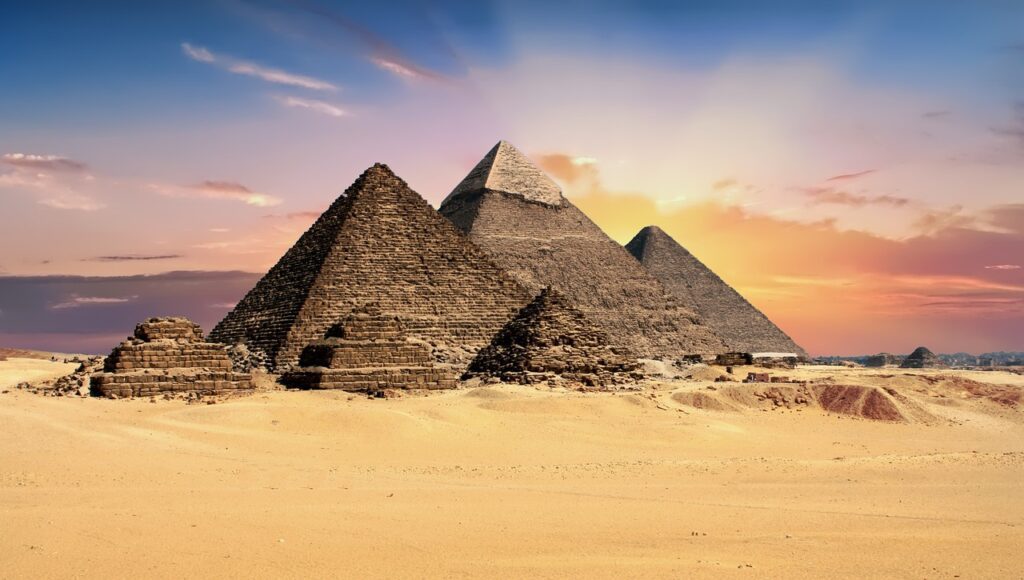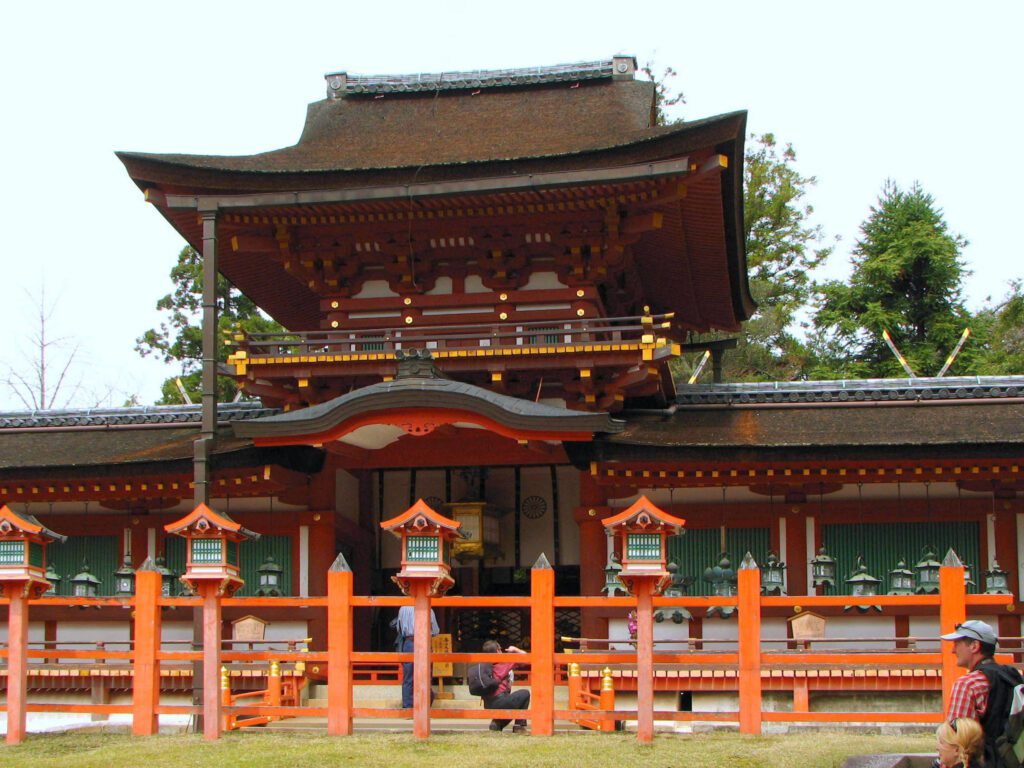Rings have been cherished symbols of love, commitment, and personal adornment for thousands of years. They have transcended time, cultures, and civilizations, leaving behind a rich tapestry of history and heritage.
Some of the oldest rings that have been discovered offer fascinating insights into ancient craftsmanship, cultural practices, and the evolution of jewellery design. But the question remains: Can these ancient rings still be worn today?
In this article, we delve into the captivating world of the oldest rings known to humanity, exploring their origins, significance, and the factors to consider when determining their wearability in the modern era. Join us as we embark on a journey through time, unravelling the stories behind these ancient treasures.
Ancient Egyptian Rings

Among the oldest rings known to mankind are those from ancient Egypt. Dating back over 5,000 years, these rings were often crafted from materials like gold, silver, and precious stones. Egyptian rings were imbued with symbolic meaning and were frequently adorned with intricate engravings and carvings representing deities, pharaohs, and hieroglyphic inscriptions.
Ancient Egypt was a magical time, the time of the pyramids and immense wealth (experienced by a handful of the pharaohs at least).
The durability of ancient Egyptian rings can be attributed to the craftsmanship of the time. Their skilful construction and use of precious metals have allowed many of these rings to withstand the test of time. However, due to their historical and archaeological significance, most ancient Egyptian rings are now housed in museums, preserving their legacy for future generations to appreciate and admire.
Roman Rings

The ancient Romans also left a remarkable legacy in the realm of jewellery, including rings. Roman rings were often made from materials such as gold, silver, bronze, and gemstones. These rings served various purposes, from signifying social status and wealth to acting as seals for documents.
When it comes to wearability, some Roman rings have managed to survive to the present day. Compared to other entries on this list, Roman rings seem to be a little easier to obtain and are slightly more likely to be wearable.
However, due to the delicate nature of ancient artefacts and their historical value, it is recommended that these rings be treated as precious artefacts rather than everyday wear. Consultation with experts in ancient jewellery preservation is essential to ensure their protection and integrity.
Medieval Rings

The Middle Ages saw the emergence of elaborate and ornate rings, reflecting the prevailing artistic and cultural sensibilities of the time. Mediaeval rings were often crafted from gold or silver and adorned with gemstones, enamelwork, or intricate filigree designs. These rings were not only symbols of wealth and social status but also carried religious and symbolic connotations.
The Middle Ages may have seemed like a dark time full of plague and oppression, which is certainly true in a lot of cases. However the medieval period was when ring making went through a massive change.
Most of the medieval rings that we know of today belonged to nobles, or noble families; kings, queens, princes and princesses and are from Europe.
Ancient Celtic Rings

The ancient Celts, known for their rich mythology and intricate artwork, also contributed to the world of ancient rings. Celtic rings were often crafted from materials like gold, silver, or bronze, and featured intricate knotwork, animal motifs, and other symbolic designs.
The wearability of ancient Celtic rings depends on their condition and structural integrity.
Celtic rings are often similar to Viking rings, with their unique and signature styles being instantly recognisable. Rather than focusing on beauty and emotion, there are certainly a lot of celtic rings that focus on traditional values and warrior-like strength.
Viking Rings

The Vikings, renowned for their seafaring prowess and warrior culture, also left behind a legacy of rings. Viking rings were often crafted from materials such as silver, gold, and bronze, showcasing intricate designs of animals, runes, and geometric patterns. These rings held significant cultural and symbolic meaning, representing social status, allegiance, and personal identity.
While some Viking rings have survived the test of time, their wearability can vary. Factors such as the ring’s condition, metal composition, and structural integrity play crucial roles in determining if they can still be worn. Preservation efforts and expert guidance are necessary to ensure the longevity and safety of these ancient treasures.
Similar to Roman rings, Viking rings also tend to be more discoverable than other rings on this list.
Renaissance Rings

The Renaissance period witnessed a revival of art, culture, and innovation, and this was reflected in the design of rings. Renaissance rings often featured intricate details, including engravings, gemstone settings, and symbolic motifs. Gold and silver were the preferred metals, and gemstones like rubies, sapphires, and diamonds were commonly used.
While some Renaissance rings have stood the test of time and can still be worn, they are delicate pieces that require careful handling and maintenance. Renaissance rings also tend to be some of the most beautiful rings to ever have been created, which isn’t surprising since the renaissance was the time of unbelievable artists like Da Vinci, Michelangelo and so on.
Ancient Greek Rings

Ancient Greece, known for its contributions to art, philosophy, and culture, also left behind a legacy of remarkable rings. Greek rings were crafted from materials like gold, silver, and bronze and often featured intricate designs, including mythological figures, engraved patterns, and geometric shapes.
Gods like Zeus, Heres, Poseidon, Aphrodite and so on were often depicted. Similar to the Egyptians, these rings symbolised social status, personal identity, and were sometimes given as love tokens.
The wearability of ancient Greek rings depends on their condition and preservation. Again, like Egyptian rings – these tend to be some of the oldest and most valuable rings on Earth. Practically no one has the ability to simply wear one, as it is urged they get inspected and preserved by professionals.
Asian Rings

Asian civilizations, including those in India, China, and Japan, have their own rich histories of ring-making. These rings often featured intricate details, including intricate metalwork, enamel, gemstone settings, and symbolic motifs. From the ornate designs of Indian Kundan rings to the delicate beauty of Japanese Kanzashi rings, these ancient treasures carry deep cultural and artistic significance.
Summary
In conclusion, the oldest rings known to humanity offer a glimpse into the craftsmanship, symbolism, and cultural practices of ancient civilizations. While some of these rings can still be worn today, it is important to approach their wearability with caution and seek expert guidance to ensure their preservation.
These ancient treasures hold stories of our shared human history and should be cherished and protected for future generations to appreciate and admire. By respecting and honouring these ancient rings, we can continue to celebrate the legacy they represent and the timeless beauty they embody.
Ready to find the engagement ring that reflects your unique love story? Browse our stunning collection and start your forever journey with us today.
by Australian Diamond Brokers : July 5th 2023 Come visit our store or browse our website to find out more.